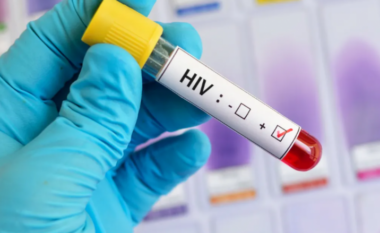What is Leukemia : Symptoms , Understanding the Blood Cancer and Treatment Options
Leukemia is a complex and diverse group of blood cancers that affect the bone marrow and blood cells. It occurs when abnormal white blood cells, specifically leukemia cells, multiply uncontrollably, crowding out healthy cells and impairing the body’s ability to produce normal blood cells.

Leukemia can be acute or chronic and is further classified into different types based on the specific cells affected. In this article, we will explore the intricacies of leukemia, including its causes, symptoms, methods of diagnosis, and various treatment options available to patients.
- Understanding Leukemia: Leukemia originates in the bone marrow, where blood cells are formed. It involves the overproduction of abnormal white blood cells that do not function properly, leading to a disruption in the balance of blood cell types. There are four main types of leukemia: acute lymphoblastic leukemia (ALL), acute myeloid leukemia (AML), chronic lymphocytic leukemia (CLL), and chronic myeloid leukemia (CML). Each type has distinct characteristics, treatment approaches, and prognoses.
- Causes and Risk Factors: The exact cause of leukemia is still unknown, but several risk factors have been identified. These include exposure to high levels of radiation, exposure to certain chemicals (e.g., benzene), certain genetic disorders (such as Down syndrome), a family history of leukemia, and a compromised immune system. However, it’s important to note that most cases of leukemia occur in individuals with no known risk factors.
- Symptoms and Diagnosis: The symptoms of leukemia can vary depending on the type and stage of the disease. Common symptoms may include fatigue, weakness, frequent infections, unexplained weight loss, easy bruising or bleeding, swollen lymph nodes, and bone or joint pain. Diagnosing leukemia involves a combination of medical history evaluation, physical examination, blood tests, bone marrow biopsy, and genetic testing to determine the specific type and subtype of leukemia.
- Treatment Options: The treatment of leukemia depends on several factors, including the type, subtype, and stage of the disease, the age and overall health of the patient, and individual preferences. The primary treatment modalities for leukemia include:
a) Chemotherapy: Chemotherapy uses powerful medications to destroy cancer cells and prevent their growth. It is the mainstay of treatment for most types of leukemia and can be administered orally, intravenously, or directly into the cerebrospinal fluid (intrathecal chemotherapy).
b) Targeted Therapy: Targeted therapies focus on specific molecular characteristics of cancer cells and interfere with their growth and survival. These medications are designed to be more selective and have fewer side effects compared to traditional chemotherapy.
c) Radiation Therapy: Radiation therapy may be used in certain cases to target and kill leukemia cells localized in specific areas, such as the brain or spleen.
d) Stem Cell Transplantation: Stem cell transplantation, also known as a bone marrow transplant, involves replacing diseased or damaged bone marrow with healthy stem cells. It can be an effective treatment option for some cases of leukemia, particularly for those who have not responded to other treatments.
e) Immunotherapy: Immunotherapy harnesses the power of the immune system to recognize and destroy cancer cells. Different immunotherapy approaches, such as monoclonal antibodies and CAR-T cell therapy, are being increasingly used in the treatment of certain types of leukemia.
- Supportive Care and Monitoring: Alongside specific treatments, supportive care measures play a crucial role in managing the side effects of leukemia treatment and maintaining the overall well-being of patients. Supportive care may include medications to manage symptoms, blood transfusions, nutritional support, psychological support, and regular monitoring for any signs of relapse or complications.
Conclusion: Leukemia is a complex and challenging group of blood cancers, but advancements in research and treatment have significantly improved patient outcomes. Understanding the different types of leukemia, recognizing the symptoms, and exploring the available treatment options are vital for individuals affected by the disease. With early diagnosis, personalized treatment plans, and ongoing support, individuals with leukemia can have improved quality of life and better long-term survival rates. /albeu















